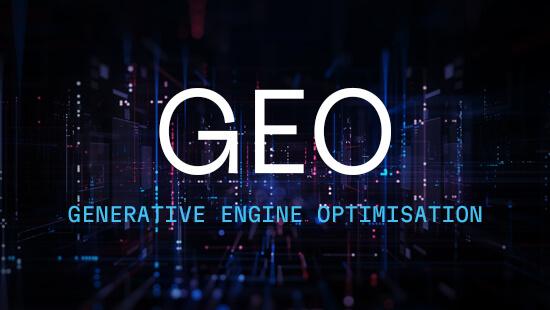Yes, you did just read that right. It only seems like yesterday that TV makers were happily marketing HD, when suddenly 4K burst on the scene, and now, ready or not, here are Sony set to release their first consumer MIRRORLESS camera with a full 8K readout within weeks. Sharp have stolen some marketing thunder with their prosumer 8K camera but all eyes are currently on what specifications we can expect from Sony.
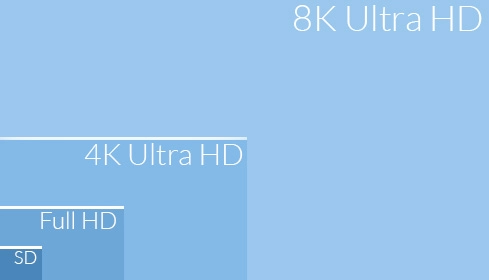
Unlike Canon's new EOS R which records at 4K and then crops heavily on its sensor, the Sony records the full width of a 35mm sensor. The images are likely to be the closest to a moving photographic image we have ever seen from such a lightweight form factor. Stick the right lens on the front and suddenly you really are making movies.
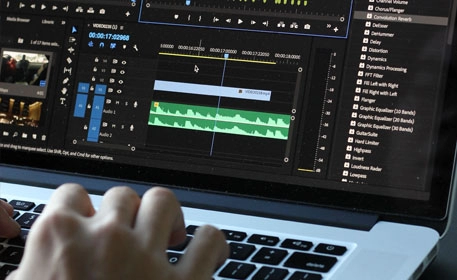
We are all Stanley Kubricks
Well, almost. The problem is that PCs are playing catch up in terms of data transfer rates and graphics standards. The other relevant question is why would anyone opt for 8K? Apart from jumbo screen presentations or lossless digital zooms and cropping if you're creating a 4K video, most corporate productions are happy with HD or 4K at a push.
Large files like 8K MOVs needs a fast processor and an elegant file format. Fortunately, the image file is becoming more economical - H.265, (or HEVC, short for High Efficiency Video Coding), is almost half the raw data size than its predecessor H.264. So, in theory an 8K file isn't going to be that much larger than a 4K file. The good news here is that all the tech that goes into 8K is slowly finding its way into 4K, lowering its price and widening its appeal to more users.
As digital acquisition and editing technology plummet in price, more customers are turning to video and sharing a more visual approach to their company events, their marketing and particularly in the ‘education / how to’ arena. Ideas and concepts that were challenging to express as complex text documents are easy to convey in a few short video clips. People are also becoming freer in the way they express themselves on video, influenced by the YouTube generation who 'tell it like it is'. And while a large budget to create a video is no longer a necessity, you do need to be mindful of creating content that is relevant, inspiring and connects well with your target audience. Short animations, well-managed vox pops (interviews with known experts) and testimonials are highly rated and the shorter the content the better.

It's all a far cry from the past. I was at a TV forum where a Producer from Z-Cars (an old TV cops series from the 60's) was giving a talk about his Producer days, and on a typical studio day with all his actors and technicians assembled and ready with just half an hour to go before live transmission, a booming voice would announce to his studio, ‘you now have genlock’. This meant his studio was ‘in sync’ with the network. The voice terrified him because everything was shot continuously like a live stage play and there was no getting out of the live 'performance'.
The leading actor who appeared in the first 6 episodes, Leonard Williams died a few hours before transmission of an early episode prompting a rewrite, and a car door just fell off during transmission. Like true pros, the actors just ignored it and carried on acting through to the end of the scene. That was in the days when video couldn’t be edited. Cameras were large and cumbersome and scenes went on much longer due to this limitation in mobility. Going back even further, the first industrial video recorder had to be housed in a self-contained room and operated remotely as the tape crossed the tape head at a staggering rate of 30 feet per second. If you were in the room and the tape came off the spool, you would be lucky to get out without being lacerated or worse. These are the pioneers who struggled so that today, we can pick up our smartphones and stream to the world without a second thought. Each new high spec improvement has a knock-on effect for all cameras and smartphones.

Text is still just as important
Creating accurate descriptions of at least part of your video's content, transcripts of the content on the hosting page and subtitles on the video itself, all go to reinforce your video's message.
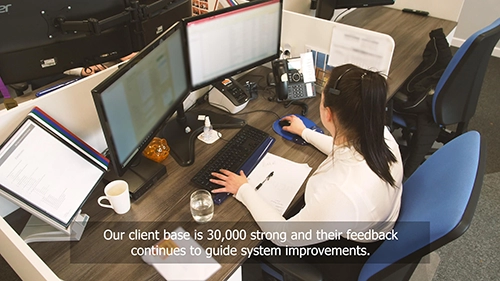
Subtitles in particular are not only a good way of helping those with hearing difficulties, but also ensure that users with PCs in offices without speakers get to appreciate your message, as well as those scrolling though smart devices on the go.
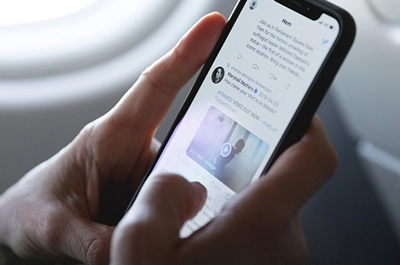
Say it in 30 seconds
Keep your videos as short as possible. Research has shown that if 30 seconds is all you need to convey a message, consider creating another short video for another message.
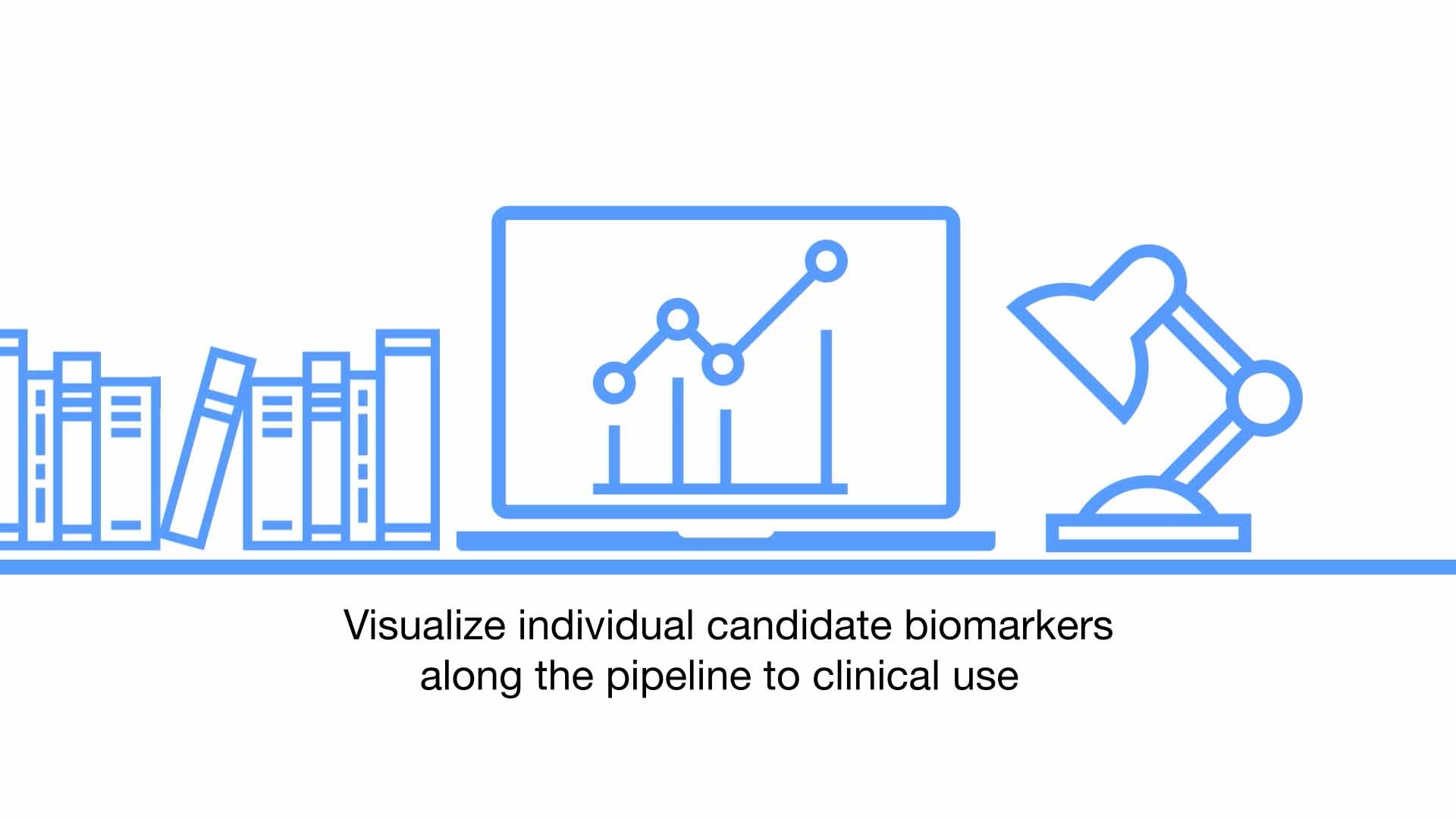
Animate!
Think about using an animation. Animations, depending on the level of complexity, can be fairly quick to produce and can cover multiple concepts and territories. They are an effective way of conveying your message to a broad audience.

It's all in the thumbnail
Having an interesting video to watch is great, but you still need to get people to view it. YouTube will automatically assign a frame from your video at random. Grab attention by creating a standout thumbnail with a text element to create a visual hook.
Sell it in pictures, not words
If you’re in the B2B arena or marketing your product, you can create more interest with a video or animation than you will with a text document.
It's a big visual world out there
Every customer is different, every project unique. You don’t need 8K - yet. But 4K video production is now well within most business' reach.
The power of 8K
This video shot on the Red Helium in Peru will give you some idea of that revolutionary clarity (best viewed in 4-8K):





